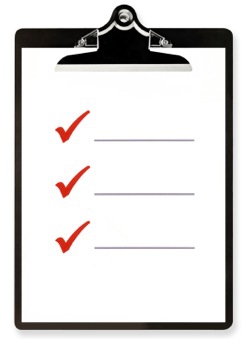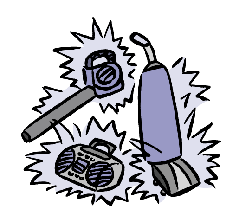Learn what steps you can take to prepare yourself, your family and your home for an emergency situation.
If a natural or manmade disaster hit your neighborhood, will your home be ready? How about your family? Now is the time to prepare for an emergency, which can strike at any time.
Prepare your home
Beyond putting in a storm shelter or retrofitting your entire house, there are a number of basic things you can do to better prepare your home for an emergency.
- Get insured. Be informed about the types of natural disasters common for your area and talk with your insurance agent to ensure you have the right type of homeowners insurance and the right amount of coverage.
- Understand how your home works. Learn where the shutoff valves are located for your home’s gas, water and electricity—and learn how to safely shut them off.
- Do a hazard hunt. Walk through you home and search for possible hazards. Secure bookcases and file cabinets to the walls, move mirrors or heavy pictures away from areas where people sit or rest, remove heavy items from top shelves, strap down your water heater and move beds away from windows. Install smoke detectors on each level of your home and change the batteries every six months.
- Clear space for shelter. If you need to use an area of your home as a shelter—such as a basement or garage—be sure to keep these rooms clear of debris and easily accessible. Tripping over clutter in your hall on the way to the basement can take precious seconds from your time to escape danger.
Prepare your family
The best way to prepare yourself and your family is to create an emergency kit. This kit should include an evacuation plan, a communications plan and emergency supplies.
- Create an evacuation plan. Determine the best escape routes from your home and learn about evacuation routes and plans in your community. Discuss these with your family and agree on two locations away from your home where everyone will meet if you cannot meet at home. Talk about the nearest emergency shelters and learn about your community’s emergency signals.
- Develop a communications plan. Phone coverage, especially cell phone coverage, can be spotty following an emergency. While you may not be able to reach your loved ones locally, you might be able to reach an out-of-state contact who can relay messages from one family member to the next. Determine who this will be and have all family members memorize their number.
Create and laminate an emergency response card for each family member and place it in their wallet, purse, backpack or other item that is typically with them. Ready.gov has a handy, downloadable Family Emergency Plan to help you get started. - Build an emergency supply kit. As a family, build an emergency supply kit that can get you through at least three days. It may be hours, days or longer before aid workers can reach you—and you could be without basic services like electricity or water for even longer. Ready.gov has a list of basic disaster supplies that you should include in your kit. Along with these items, include matches, eating utensils, a can opener and First Aid supplies. And be sure to remember any special needs your family members may have, such as prescriptions, food allergies, diapers, infant formula and pet food.
Be sure to store your kit in an area of your home that is easily accessible if you need to evacuate quickly. Also consider building kids for your office and car. - Practice your plan. As a family, practice evacuating your home, finding the nearest shelter and phoning your out-of-state contact. It’s also a good idea to understand the emergency plans of your children’s schools, your spouse’s work and your own workplace. Practicing and preparing for an emergency can help lessen the stress and fear such a situation can bring.
Related Articles
- Organize Your Financial Records
- Save On Homeowners Insurance
- Prevent Carbon Monoxide Exposure
- What Is The Alternate Minimum Tax (AMT)?
- Get Out Of Debt!
- How To Improve Your Finances
- How To Save For A Down Payment
- Six Tools for Dealing with Negative Equity
- How to Choose a Bankruptcy Attorney
- Need to Stop Wage Garnishment?
- Credit Card Collections Can Garnish Your Wages
- Co-Signing A Loan: What You Need to Know!
- Credit Score Numbers
- Keeping a Good Credit Score
Source: RealtyTimes.com, Ready.gov, U.S. News & World Report, 72hours.org
 Print
Print Email
Email








